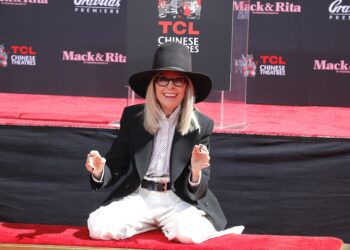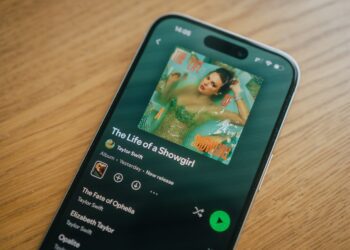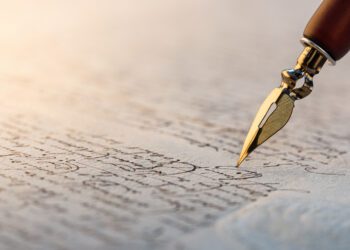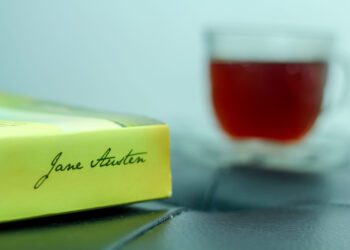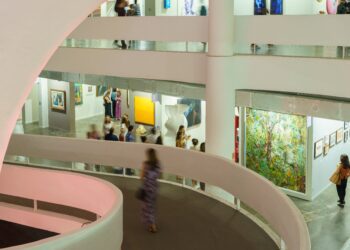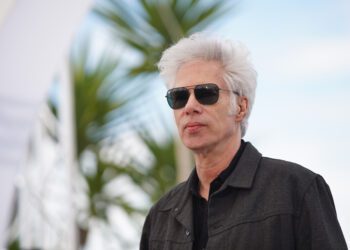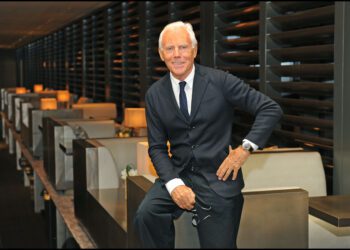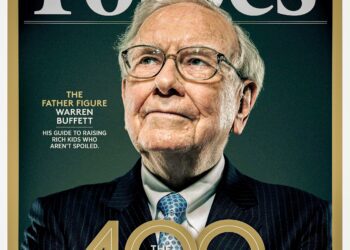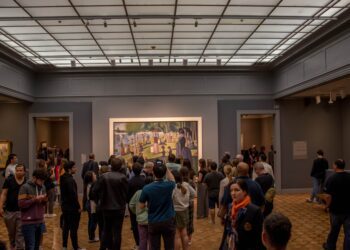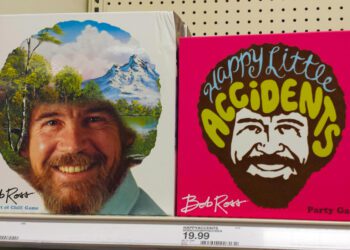Comprising more than 100 objects and over 23,000 gemstones, the Crown Jewels are priceless, being of incalculable cultural, historical, and symbolic value.
Protected at the Tower of London since the 1600s, the ‘Crown Jewels’ includes the Coronation Regalia: the sacred objects used during the coronation ceremony, which represent the powers and responsibilities of the monarch.
For the past 900 years the coronation ceremony has been held in Westminster Abbey. William the Conqueror was the first monarch to be crowned there, and Charles will be the 40th.
Unlike royal weddings, the coronation is a state occasion, so the government pays for it, and ultimately decides the guest list. Here are jewels.
ST EDWARD’S CROWN
St Edward’s Crown is the most important and sacred of all the crowns and it is only used at the moment of crowning itself. The last time it was used was for crowning Queen Elizabeth II in 1953. Its solid gold frame weighs nearly 5lbs and is adorned with semi-precious stones. St Edward’s Crown was made for the coronation of Charles II to replace the medieval crown melted down by parliamentarians in 1649, after the execution of King Charles I.
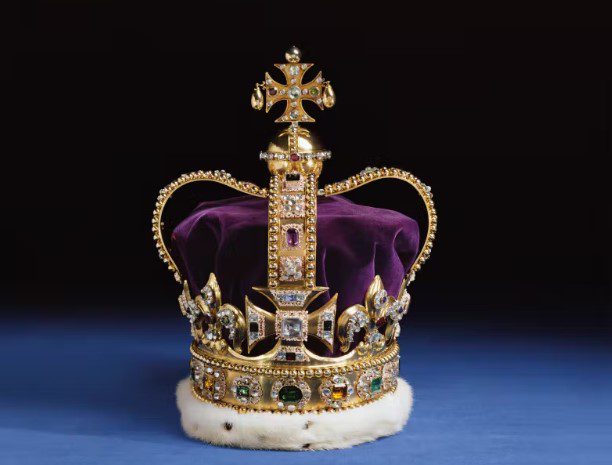

THE IMPERIAL STATE CROWN
The Imperial State Crown is the crown that the monarch wears as they leave Westminster Abbey after the coronation. It is also used on other State occasions including the annual State Opening of Parliament. The crown is made of gold and set with 2,868 diamonds, 17 sapphires, 11 emeralds, 269 pearls, and 4 rubies, including the famous Black Prince’s Ruby, the Stuart Sapphire, and the Cullinan II diamond.
THE SOVEREIGN’S SCEPTRE WITH CROSS
The Sovereign’s Sceptre with Cross has been used at every coronation since Charles II’s in 1661. It was transformed in 1910 for George V by the addition of the Cullinan diamond. At 530.2 carats, this is the largest colorless cut diamond in the world and the largest gem-quality uncut diamond ever found. The Cullinan diamond was discovered in 1905, in modern-day South Africa.
SOVEREIGN’S ORB
During the coronation the monarch is presented with objects representing their powers and responsibilities in a solemn moment called the investiture. Among the objects is the Sovereign’s Orb, a golden globe surmounted by a cross. It reminds the monarch that their power is derived from God.
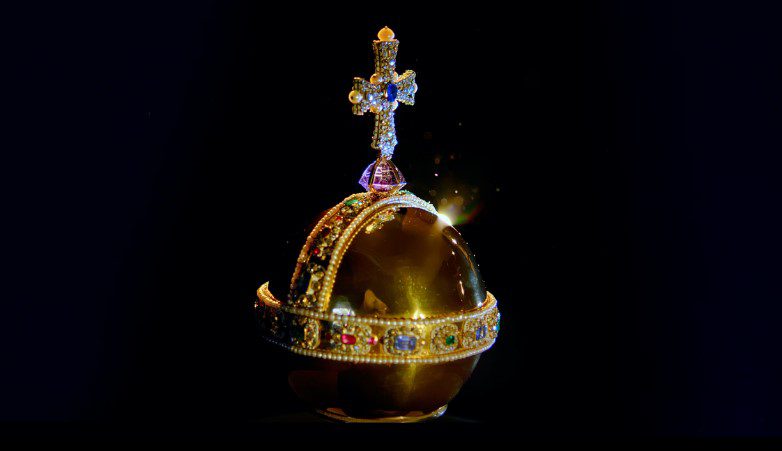

THE KOH-I-NÛR
The Koh-i-Nûr diamond is one of the most famous diamonds in the world is and a symbol of conquest. Among its previous owners are Mughal Emperors, Shahs of Iran, Emirs of Afghanistan, and Sikh Maharajas. The jewel was part of the Treaty of Lahore in 1849 that marked the end of the Anglo-Sikh Wars in the Punjab. The Treaty specified that the jewel be surrendered to Queen Victoria.
THE CORONATION SPOON
One of the oldest objects in the Crown Jewels is the twelfth-century Coronation Spoon. It is used for anointing the sovereign with holy oil, the most sacred part of the coronation ceremony. The Coronation Spoon survived Parliament’s destruction of the Crown Jewels in 1649.
Click here for Historic Royal Palace site


